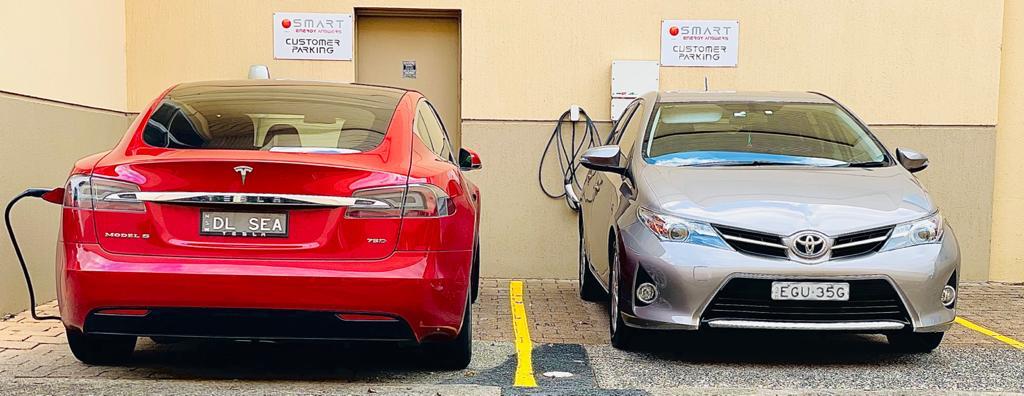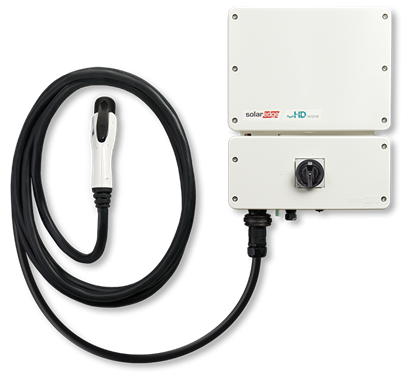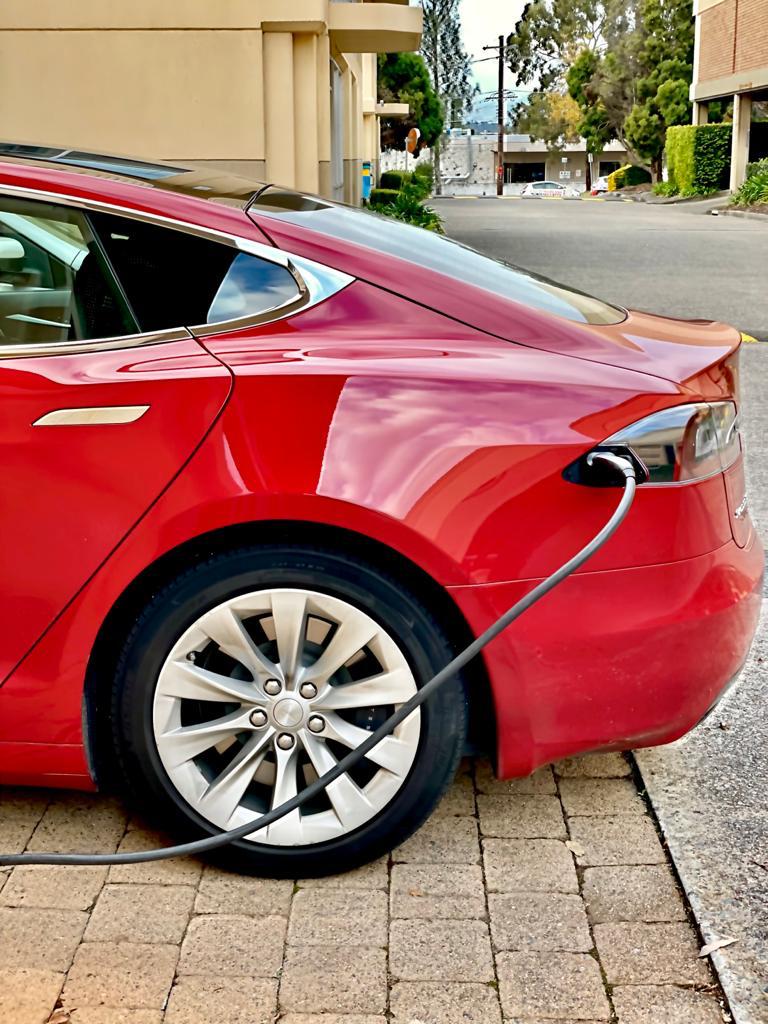With Australia’s share of electric vehicles (EVs) ever increasing, and more private rooftop solar power systems in use around the country than ever before, it’s only natural that the curious and energy conscious amongst us will begin to wonder about the intersection between the two technologies.
The transport sector is Australia’s third largest source of greenhouse gas emissions, which have been increasing faster than any other sector.
The uptake of EVs on a large scale can clearly make a big impact here. They’re categorically a cleaner option for the environment, even when powered fully by energy from the grid.
Using solar power to charge EV batteries is a vast improvement on the status quo.
CSIRO Supported
One of the challenges that must be met for large scale uptake of EVs to take hold in Australia is for a widespread charging infrastructure to be put in place.
A collaboration between CSIRO, Nissan Australia and Delta Electronics, with funding from the Victorian Government, is trialling using renewable energy to create a system linking solar photovoltaic panels, batteries and smart charging technology in Victoria.
According to the CSIRO website, “this makes a solar-powered electric vehicle charging system which draws upon renewable energy to charge a vehicle at any time of day, and in any weather, with little impact upon the electricity grid.”
“CSIRO researchers developed and tested the system and implemented the thermal management controls.”
“Three solar charring modules have been installed at Nissan Headquarters in Dandenong. Each module is capable of charging four vehicles at a time. They’ll be evaluated over 200 days, including the peak Summer period. At this point, the project partners will devise next steps for this exciting technology.”
Charging Your EV At Home
As the owners of private solar power systems understand, it’s necessary to take action yourself if you want to see big changes regarding the uptake of renewable energy technologies. Just as it’s possible to install solar panels and a storage battery at home, it’s possible to use your solar power system to charge your EV.
The simplest way to charge your EV is to plug into into your home during the day while the sun is shining and solar energy is being generated. If the capacity of your home solar power system is greater than the charging input to your EV, no additional energy input from the grid is required.
Grid power can be used to make up any shortfall, which can be a useful backup on cloudy days or times when your home energy usage is particularly high.
The amount of energy used to power your EV over a certain distance is known as ‘kWh per km’. This rate varies between different EVs, although on average most EVs will get around 6km range from 1kWh of energy in their battery pack.
An average Australian driver is said to drive around 50km per day, so in order to power this level of use, about 8kWh of electricity is required.
Solar power system owners could offset the charging needs of an EV driven 50km per day by installing an additional 2kW of solar panels (around eight panels).
EV Charger Levels 1,2 & 3
In reality, most energy conscious EV owners will end up charging their vehicles primarily at home in order to meet day to day driving needs, but will rely upon external charging facilities from time to time when driving longer distances.
There are three different levels of EV chargers currently available, with level 1 the slowest and level 3 the fastest.
Level 1 charging uses a standard power point and charges an EVs battery pack at the slowest rate that’s normally available. On average, level 1 chargers will add around 20km of range per hour of charging time i.e. charging your EV for 24 hours via a level 1 charger would add around 480km of range.
Level 2 charging is achieved via installing a specialised EV charger. These are around twice as powerful as basic level 1 chargers, and can add around 40km of range in an hour. So 24 hours of charging would add approximately 960km of range. The cost of installing a level 2 charger at home varies, but has been trending downwards in recent years. The majority of the cost will be the hardware itself, which will range from $1000 - $2500.
Level 3 charging is rapid EV charging using specialised public chargers such as Tesla Superchargers. These high-powered chargers are capable of adding around 400km of range per hour of charging.
Level 3 chargers are ideal for drivers travelling longer distances than normal, although it’s important for users to be well aware of the location of public use level 3 chargers, as the network is not yet widely distributed throughout Australia.

Smart Energy Answers EV Charging Offer
Smart Energy Answers has played a key role in the development and testing of the SolarEdge inverter with built-in EV charging.
This unit comes with all the features of standard SolarEdge inverters, as well as a fantastic EV charging feature making it ideal for current and future EV owners.
The device is ‘plug and play’, easy to use and quick to charge, with a monitoring app that provides instant and accurate information.
The inverter comes in 3kW and 5kW single phase versions. They can also be combined with one or two standard SolarEdge inverters in order to integrate with larger solar systems.
Buyers are protected with an impressive 12-year warranty on the inverter and charger, and an amazing 25 years on on the Individual Power Optimisers installed under each panel.

Interested in a quote on this unique solar EV charging solution offered by SEA?




.png?width=100&height=100&name=footer%20Scroll%20badges%20(5).png)
.png?width=100&height=100&name=footer%20Scroll%20badges%20(10).png)
.png?width=100&height=100&name=footer%20Scroll%20badges%20(4).png)
.png?width=100&height=100&name=footer%20Scroll%20badges%20(1).png)
.png?width=100&height=100&name=footer%20Scroll%20badges%20(3).png)
.png?width=100&height=100&name=footer%20Scroll%20badges%20(6).png)
.png?width=100&height=100&name=footer%20Scroll%20badges%20(9).png)
.png?width=100&height=100&name=footer%20Scroll%20badges%20(8).png)
.png?width=100&height=100&name=footer%20Scroll%20badges%20(7).png)

